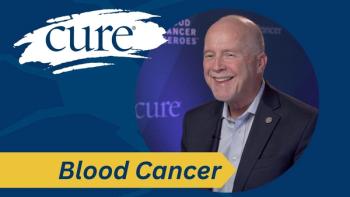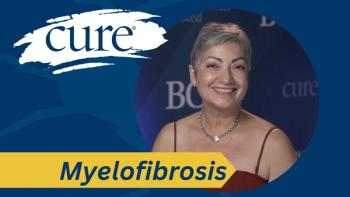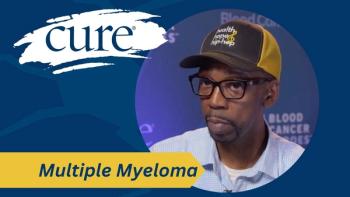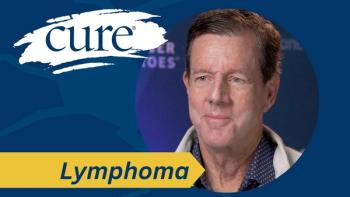
Rays of Success and Scars of Damage
Appreciating the benefits of radiation, but still hoping for better advancements in an evolving field.
When my sister was diagnosed with cancer, and we were discussing treatment options, we were told that she would not be receiving radiation.
Although she was battling stage 4 Hodgkin lymphoma, radiation isn’t commonly used. Doctors usually treat the disease with intense regimens of chemotherapy.
Knowing little to nothing about cancer at the time, it was a relief when being told amongst all that she would endure, radiation wouldn’t be on that list.
Unfortunately, a few months later, that proved to be false. In September 2014, it was found that contrary to most cases, there was the potential that she would benefit from radiation. Her baseline chemotherapy treatments were working, but not to the degree that was hoped.
My sister had several "hard-shell" tumors along her spine. To break them, she needed to complete a course of 10 rapid-session radiation treatments. This needed to be done for the best effect of ABVD, which is the standard 4-drug chemotherapy regimen for Hodgkin lymphoma.
The consult prior to this therapy was shocking. Not just because my family and I thought she wouldn’t need radiation, but because it seemed that a mixed message was being sent. We had many clinicians and doctors, including her oncologist, telling us that she was doing great. That we should consider this a hiccup, but that treatments were still on course.
To be told that she needed more extensive therapy than previously thought was hard to absorb. And, hardest of all, my sister was caught in the middle.
Long before the diagnosis she had been in severe pain, and being 3 months in sadly hadn’t changed that. Above all else, I think the only thing she heard during the consult was that it could lesson the pain.
What my parents and I heard was that although it was only going to be targeting her spine, a body is physically round. Thus, her organs could be affected. Namely, her heart. They also told us that when chemotherapy was used in combination with radiation the chance for side effects is exponentially increased.
In hindsight, I know that many may think my worries were inconsequential. Because, in reality, none of that truly mattered. If we didn't do everything possible, if she did not beat cancer, then none of it was important because she wouldn’t be here anyway. The other reality is that she is my sister. And, although the truth may have been that she wouldn’t be here otherwise, it is also true that her quality of life was most important to those who loved her.
Despite the fears that went along with her many therapies, in October 2014 she completed the 10 rounds of radiation over the course of two weeks. It did work and, in doing so, it allowed the chemotherapy to attack those stubborn tumors. Much as with the rest of her many treatments, it also came at a cost.
Prior to radiation therapy, a patient receives scans and images that highlights points to target. She received "tattoos" and her team aimed there daily for each session. With each treatment, the tumors moved and shrank.
Obviously, the goal is for them to shrink, but the issue is that by not imaging between treatments, they had no way to know that the tumors were also moving. This meant that she was receiving radiation to her spine in places where tumors no longer were. For my sister, that resulted in short-term success, but long-term chronic back pain that can often be debilitating.
She is lucky that the immediate effect of the radiation meant removing cancer that seemed to be otherwise unaffected by baseline chemotherapy, and also inoperable due to it being a blood cancer.
However, my underlying concern is the unknown side effects, such as the possibility of bone cancer from the radiation she received.
Now that all is said and done, I know it’s easy to look back and have regrets. I am much more educated about radiation than I once had been.
I wish that we had better technique and that more was being done in this field for better accuracy. It is my hope that we do more faster to ensure that what we are doing is help patients more than we may be hurting them. That isn’t to lay blame on the techs or clinicians, it simply a reality of a field that is trying to catch up to modern technological advancements. In the end, I think that is the optimal goal that we all share.




